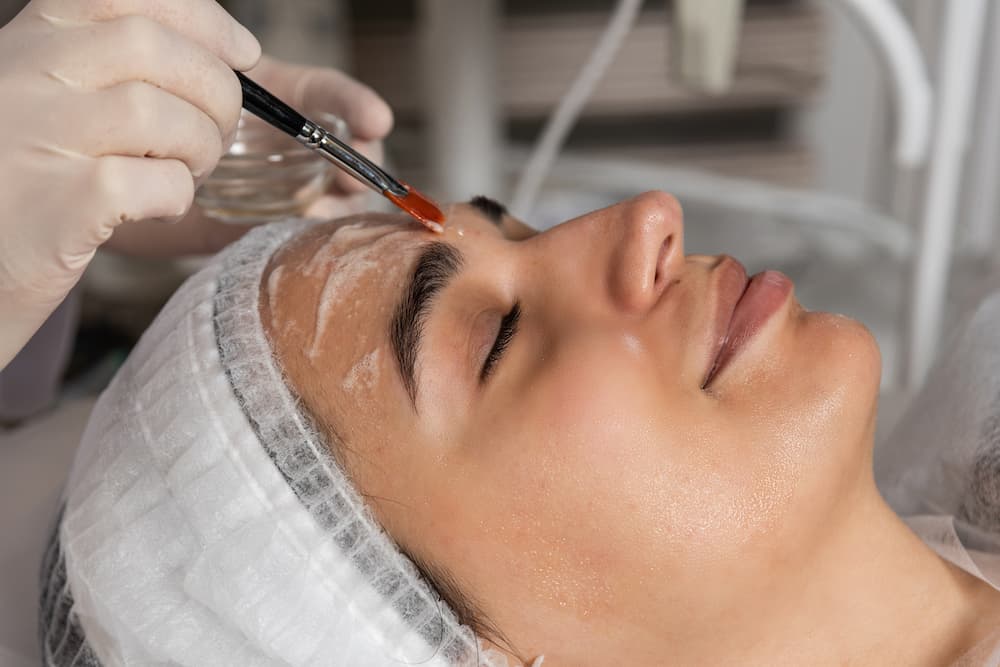Solar Elastosis Treatment
What is Solar Elastosis?
Solar elastosis is seen in people who have experienced long-term sun exposure over many years and typically appears as thick, yellowed skin that looks furrowed, creased, or bumpy. The sun’s UV rays breaks down your skin’s collagen and elastic fibers, causing it to loose its strength, flexibility, and structure. It’s commonly seen on areas of the body that are exposed to the sun – the neck, face, and arms.
It causes changes to the dermal layer of the skin. This layer of skin is right beneath the epidermis and contains connective tissue, hair follicles, and sweat glands.
Causes
Solar Elastosis is caused by years and years of sun exposure. It quite literally translates to “damage to skin elasticity from sun exposure.” It is commonly referred to as sun damage or photoaging. While this isn’t an actual medical concern, it can be an indicator that the patient is at higher risk of skin cancer. With proper diagnosis and treatment, it can be improved.
Sun exposure not only ages your skin but also leaves it more vulnerable to serious skin conditions. It’s important to keep your skin protected from harmful UV rays.
Symptoms
Main symptoms of solar elastosis include:
- Yellowish or bluish hues on the skin
- Thickness of skin
- Bumpy skin
- Wrinkly texture of the skin
- Unusually dry skin
- The appearance of fine scaling
- Uneven pigmentation or hyperpigmentation spots
- The appearance of liver spots or rough, scaly patches
Treatment Options
If you are seeing signs of solar elastosis on your skin, fractional laser treatments may be the most effective solution. CO2RE laser resurfacing effectively treats sun damage and VBeam vascular laser may also be used to treat irregular pigmentation.
Prevention
In addition to in-office treatments, a proper skincare regimen for your skin type is crucial to getting and maintaining healthy, protected skin. Anti-aging skincare products like retinoids, antioxidants, growth factors, and defensin help improve fine lines, wrinkles, and age spots. Some main treatments include:
- Phototherapy: treating the skin with light therapy
- Intense Pulsed Light: using intense, visible, broad-spectrum light to treat areas of skin
- Laser Resurfacing: This is one of the most effective cosmetic procedures that are safe, effective, and convenient.
- Fillers: Dermal fillers can diminish the appearance of wrinkles and fine lines
- Topical Creams: Medicated creams can treat elastosis
To learn more about this condition and how it is treated, watch the video below:




.svg)



.svg)



.jpg)



.png)


